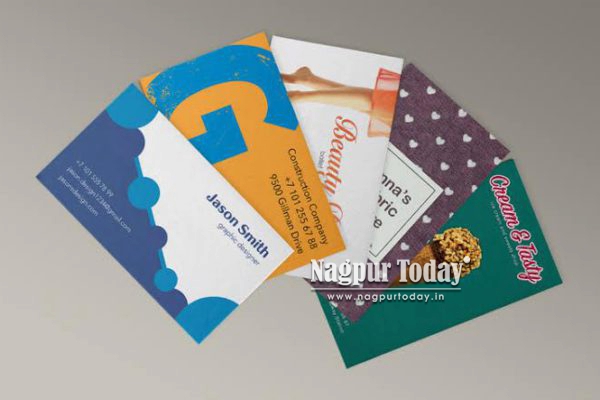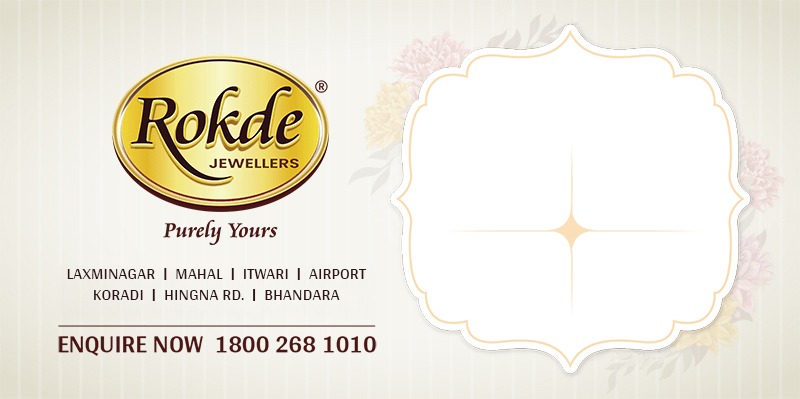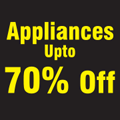
First Impressions Fit in Your Pocket
In a world buzzing with LinkedIn connections, QR codes, and digital portfolios, business cards might seem like a relic of the past — but they’re not. A sleek, well-thought-out business card still makes a powerful statement. Whether you’re at a networking event, a job interview, or casually meeting someone who asks what you do, having that tiny rectangle ready is like handing over a snapshot of your brand.
But not all business cards are created equal. There’s a fine line between handing over something that feels intentional, polished, and memorable, and giving someone a flimsy card they’ll forget by the time they get to their car.
Let’s walk through everything you need to know before printing your business cards, so you don’t just leave a mark — you leave the right one.
Design First, Print Second
Before rushing to print, your first step is design — and not just the aesthetics, but the message. What story does your card tell? Are you a minimalist creative, a bold entrepreneur, or a trusted professional in a traditional industry? Your card should echo that.
Start by picking a layout that aligns with your personality and brand. Fonts, colors, and spacing matter more than you might think. Use white space to your advantage and prioritize clarity over cramming every detail in.
If you want complete creative freedom with professional-grade results, you can create your own business cards printing with tools that let you control every aspect — from layout to logos — ensuring your card is uniquely you.
What Should a Business Card Include?
This depends on your industry, but here’s a solid base to start with:
- Name and job title: Obvious, but double-check spelling and formatting.
- Company or brand: If applicable, include a logo and tagline.
- Contact info: Email, phone number, website, or portfolio link — whatever makes the most sense.
- Social media (optional): Relevant for creatives or entrepreneurs, but don’t clutter.
- QR code (optional): A modern touch that links directly to your website, LinkedIn, or digital resume.
Just remember: more isn’t always more. Make space for breathing room — a cluttered card feels overwhelming.
Choose the Right Paper and Finish
Here’s where it gets tactile.
- Matte or gloss? Gloss tends to look flashier and more vibrant, while matte feels more sophisticated and easier to write on.
- Thick or thin? A heavier card feels more premium. If your card feels flimsy, it might unintentionally cheapen your brand.
- Special finishes: Embossing, foil, or spot UV can add luxury — but use them sparingly unless you’re in a design-heavy industry.
Ask yourself: how do I want this card to feel in someone’s hand? That’s the kind of impression that lingers.
Think Beyond the Rectangle
Creative industries often play with card shapes — squares, rounded corners, vertical orientation — but tread carefully. A unique shape can stand out, or it can be hard to fit in a wallet and get tossed.
If you go the creative route, test it first. Print a sample. See how it feels and fits. Sometimes, a subtle tweak is all you need to differentiate without alienating.
Proof It Like You Mean It
There’s nothing more painful than printing 500 cards only to realize your phone number is wrong or your email has a typo. Triple-check everything. Then ask a friend to check. And then check again.
Look for:
- Spelling and grammar
- Alignment issues
- Color mismatches (especially with logos)
- Font consistency
Print a few test cards and view them in different lighting to ensure everything looks right.
Order in Small Batches First
Even if you love your design, order a small quantity to begin with — especially if you’re trying out a new printer or material. Feel the paper. Check the colors. Make sure they match your expectations before going all in.
This gives you room to tweak without wasting money or committing to a design that doesn’t quite hit the mark.
A Card Is an Experience
Ultimately, your business card should feel like a natural extension of you. When someone holds it, they should get a sense of your personality and professionalism in one glance. It’s more than paper — it’s a conversation starter, a connector, and sometimes, the thing that gets you remembered in a sea of faces.
Final Thought
A well-designed business card won’t close deals or land you a job on its own — but it opens doors. It invites curiosity. It shows that you’ve thought about the details, and in business, that matters. So take the time to get it right. Because in a world full of forgettable handshakes, a great business card might just be the thing they remember.















